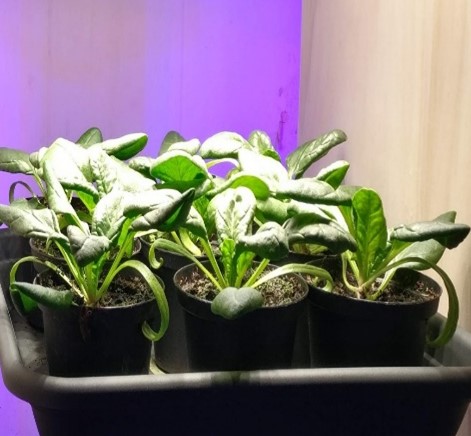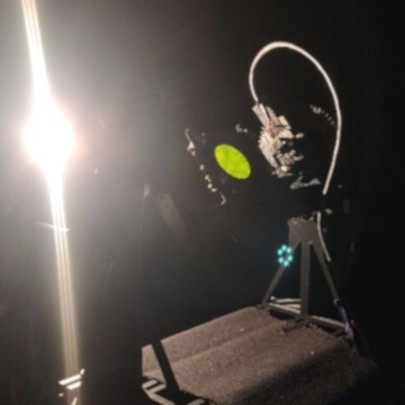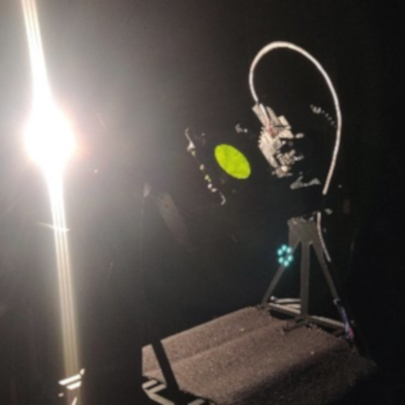Thanks to evolution, humans are adapted to the sun's course and thus to the light's changing brightness and color temperature. Due to industrialization, every person's daily routine has a different sequence and is no longer synchronized with sunrise and sunset. Furthermore, the psychological state of a person changes over the course of the day. In this research group, the focus is on the dynamic adaptation of light to the individual psychological state and the environment affecting the person in order to select an optimal light. The light setting will thus change with the psychological state, time, and environment.
Light fulfills several main tasks: It should make it possible to see and to optimally perceive the environment. Light can have a physiological and psychological effect on people and change work performance and mood. Lighting adapted to the current state of the person contributes to better well-being, mood, and performance. The research questions that arise from this include which parameters from the environment and the state of mind influence people. Can users be divided into light preference groups? Which light spectra are at least necessary to get this classification? What are the most important environmental parameters that contribute to psychological light preference? How can dynamic control, adapted to the environment and person, take place? How quickly / how often should a light change be made?
With these research questions, a dynamic light preference model based on psychology and environmental conditions is derived. This model should select the optimal light for people in various activities such as working on the computer, on paper, or in meetings. Thus, the visual task and perception of the environment, as well as the mood and emotion, can be positively influenced.
Current research encompass:
- Networking of 14 locations in Germany and evaluation of the sensor data
- Relationship between light preference and psychological state
- User and user preference clustering
- Recommender system for light preference evaluation
The research group for lighting technology in algae and plant cultures investigates lighting technology issues related to plant and algae exposure.
Unlike humans, plants do not use light for visual perception but rather as a primary energy source for their metabolism. The morphology can also be influenced by light. These complex relationships give rise to various questions that can be solved in terms of lighting technology. The group's research areas focus on light interactions within the habitus and the corresponding photon-based quantities measurement using various sensors.

In the past few years, LED-based light sources have been widely used in greenhouses. In terms of technology, LEDs offer significantly increased efficiency compared to conventional light sources, as well as the possibility of dynamically influencing the spectrum of the emitted light. Targeted adjustments, both to the existing global radiation and the plant properties themselves, are possible. The radiation characteristics of plant lights – and thus the light distribution within the habitus – are also influenced. Which combinations of the technical lighting parameters lead to which light absorption? Can an increased light yield be achieved through a specific choice of parameters? Among other things, these questions are answered through the research.


Due to the large number of possible parameters and the associated experimental effort, targeted experiments in computer simulations are carried out. The focus here is on the development of a precise and precise optical plant model. This model serves as the basis for the later use of artificial intelligence methods. The determination of the numerous optical properties, which are required both spectrally and angle-dependent, takes place in the light engineering laboratories at the department.
Research into the measurement of photon-based quantities enables long-term field experiments with extensive measurements of the quantity and quality of light to be carried out. The data obtained in this way can be used for further computer simulations but also for controlling lights. Various algorithms are being tested and further developed to increase the measurement accuracy of the light measurement. The aim is to research a cost-effective and precise measurement method for recording these quantities.










